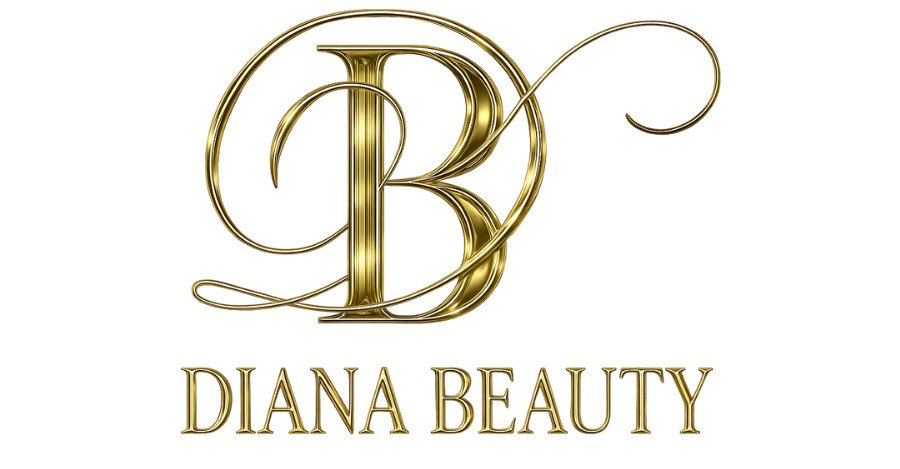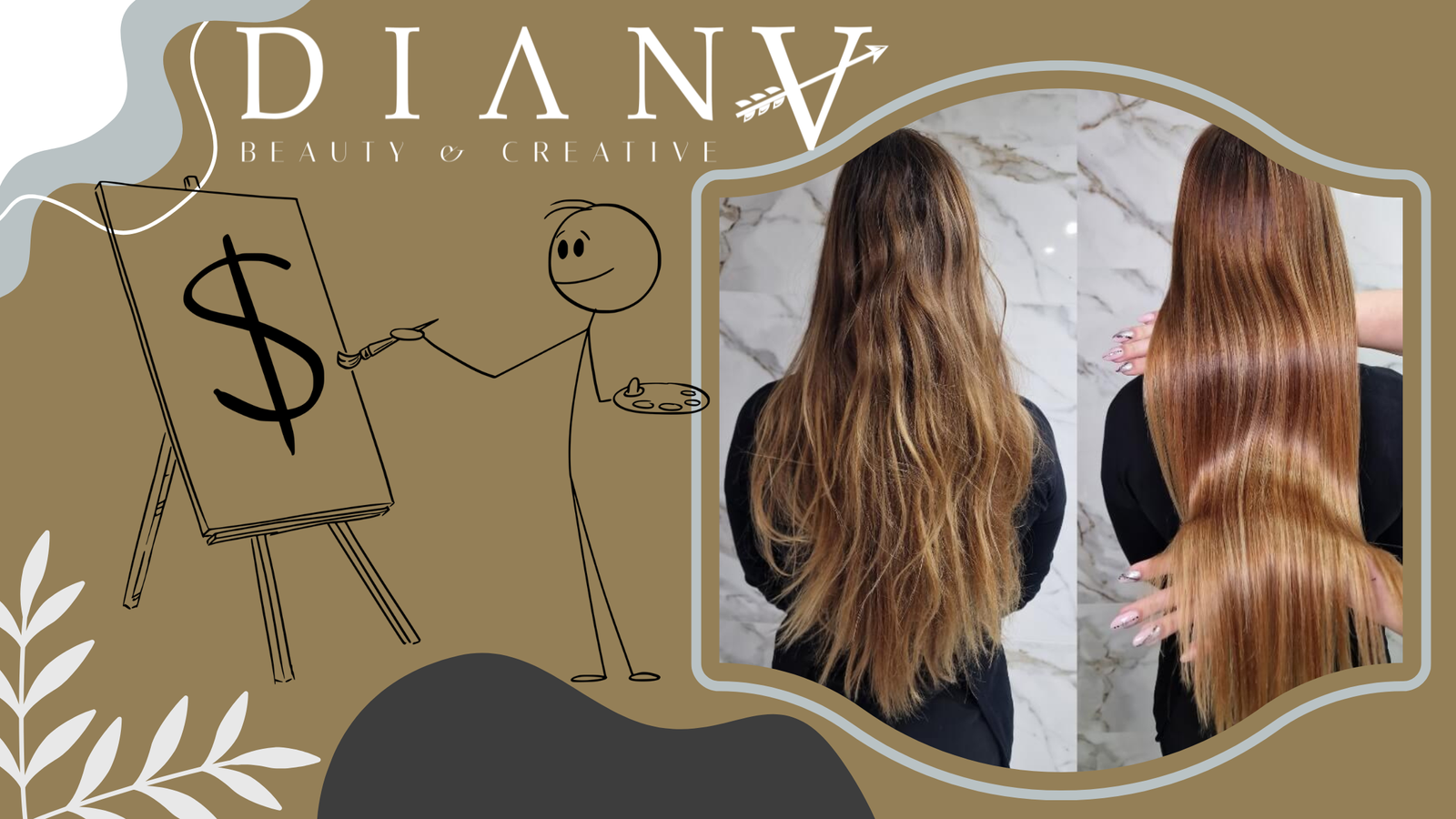
Active Listening — How to Make Your Client Feel Understood
To ensure a client feels understood, simply hearing them is not enough; you must also demonstrate that you are truly listening and comprehending. In hairdressing, attention is often diverted to technical tasks like preparing dye or tidying up. By focusing fully on the client, you can reduce stress, enhance satisfaction, and establish yourself as a skilled and empathetic professional.
Why do some clients feel stressed at the hairdresser?
- Negative experiences: Discrepancies between expectations and the final result, often caused by poor communication.
- Individual approach: Consider the client’s hair condition and recommend suitable treatments.
- Matching style: Hairstyles should suit the client’s lifestyle, face shape, and preferences.
- Explanation: Providing a detailed explanation of the process can ease client concerns.
How to practice active listening?
-
Body posture:
- Face the client with an open and relaxed posture.
- Avoid crossing your arms or legs, and don’t fidget.
- Lean slightly towards the client to show engagement.
-
Show interest:
- Use non-verbal cues like nodding.
- Respond with affirmations like "I understand," "of course."
-
Ask questions:
- Dig deeper by asking specifics, such as: "How much time do you want to spend styling your hair?"
-
Maintain eye contact:
- Look at the client directly; avoiding eye contact may create mistrust.
-
Summarize:
- Paraphrase what the client says to confirm understanding, e.g., "Am I correct in understanding that you want...?"
-
Don’t interrupt:
- Allow the client to finish their thoughts without interrupting or assuming.
Handling talkative clients:
If a client diverges into personal stories, politely redirect:
- "Let’s first focus on your hairstyle, and then I’d love to hear more about your story."
Summary:
Active listening is a vital skill that enhances communication and builds trust. It ensures clients feel heard and understood, elevating their overall experience and encouraging loyalty.


















